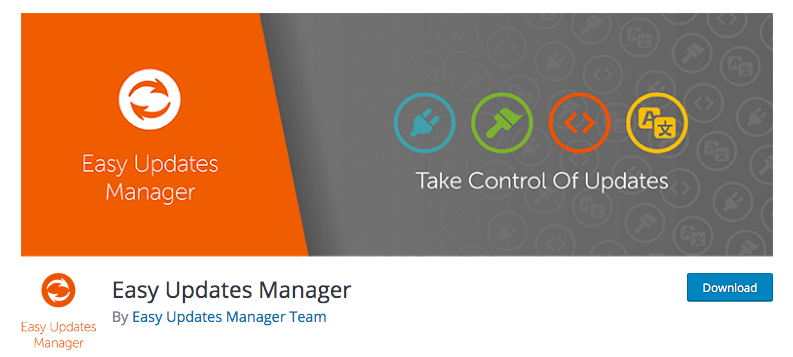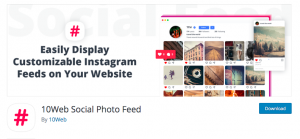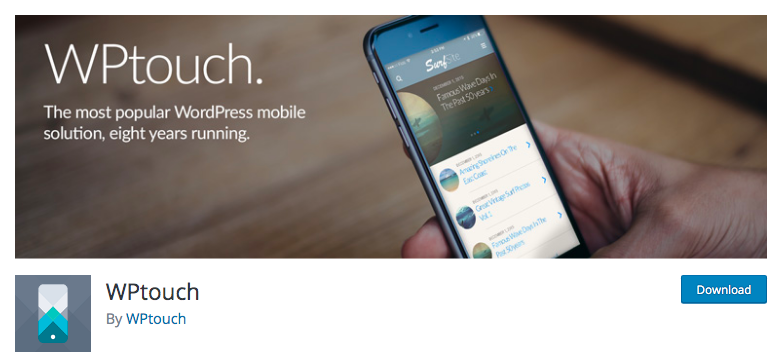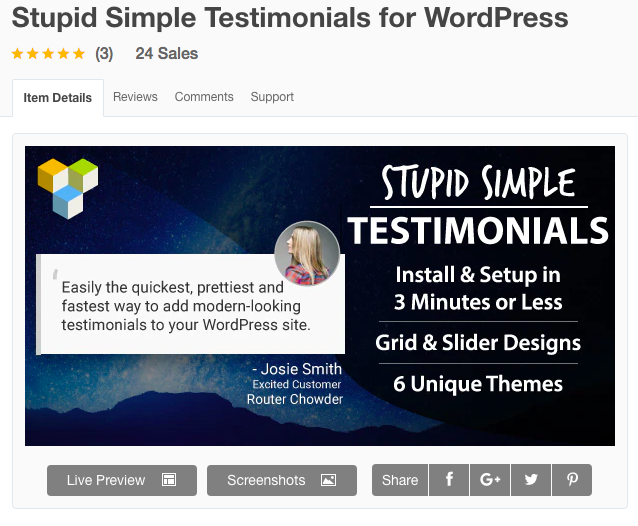WordPress automation may seem like a scary world for those unfamiliar with the term or who have tech trust issues. It’s okay, we don’t blame you! However, there are cases in which having an automation plugin is a good thing—a very good thing.
Automation can free up your time from manual tasks so you can focus on larger site projects, content creation, and marketing.
There are plenty of WordPress automation tools and plugins when it comes to backing up your WordPress site and organizing data. This can help web developers, metadata specialists, and other web admins, but what about layout and design?
Understanding Design Automation
Certainly layout and design are so much a part of the customization world that to think about having a piece of code do the layout for you can draw some hesitation. However, layout and design automation is not necessarily that way. Again, there are always instances when a little help from algorithms and conditional filters and formatting can prevent a lot of stress, especially if you are known for yelling at your computer mid-design work.
To better target layout and design automation assistance for your WordPress page, let’s look at what some of these terms mean.
Automation: the technique of making a process work automatically.
Layout: the specific arrangement of elements on a page.
Design: the aesthetics of those elements.
When looking for ways to automate your WordPress in these areas, then, we want to introduce extensions, plugins, or other useful tricks that are concerned with aesthetics and the construction of your page, and take into consideration potential website interactions that can affect these things, such as conditional formatting, mobile responsiveness, and social media/user interactions.
The Plugins
We will be looking at six different ways to automate layout and design elements in order to make your WordPress experience smoother. You may find that some of these plugins improve your site’s overall performance as well. Also, it should be noted that none of these are fully automated—no robot over here—and you will have the power to customize should you want to.
1. Smush
(Free Download. Pro version begins at $70/yr.-$290/yr.)
Handles: Image Compression
Images take up a lot of space on your webpage. If you run an image-heavy site, it will slow things down significantly. As one of the more popular options for image compression, Smush reduces file size by a mere 3%, but automatically compresses each new image that you upload before it even makes its way into your media library. Image compression is turned on by default—you can turn it off, but then you’d turn off your automation! A new feature to this plugin is its incorrect size image detection.
Another automation feature, once turned on, it will scan your site’s pictures and tell you which images are oversized. This way, you don’t have to go through each image file guessing which one is slowing things down.
2. Easy Updates Manager
(Free Download)
Handles: Theme and Plugin Updates
If you are using plugins and a premade theme, then chances are the developer will have regular updates and debugs available. Some of these updates can include layout and design features that will improve upon what you are already using. Installing the Easy Updates plugin is therefore one of the easiest ways to automate your site’s layout and design. Simply enable the auto update function. That way, every time a new update is available for your theme—or plugin—you won’t have install it manually, it will do it for you.
With the Pro version of this software, you can schedule and delay your updates so it won’t interfere with any other tasks you may be performing on your page. A special note, even at the free level, Easy Updates fully integrates with UpdraftPlus.
3. 10Web Social Photo Feed
(Free Download. Bundles begin at $25/6 mo.-$100/yr.)
Handles: Instagram Feed
The 10Web Social Photo Feed plugin takes your Instagram feed and puts it directly on your site. The initial installation and customization may take some time, but once you pick your settings, no manual work is required to transfer images from Instagram to WordPress.
You can also set up automated conditional filter image feeds. As a result, your audience will only see the photos you wish to target to them. The Premium version of this plugin unlocks further customizations for how you’d like your images to display, as well as social media sharing buttons.
4. WPtouch
(Bundles begin at $79/yr.-$359/yr.)
Handles: Mobile Responsiveness
WPtouch automatically generates a mobile responsive version of your WordPress without losing any of the benefits of the desktop version, including SEO. That’s right! WPtouch will do this all for you.
You’ll have to do minor set up work and theme customization in the beginning. But anything that updates on the desktop end will update on the mobile end as well.
Some of the other perks offered include Multi-Ads, for Google advertisements, CMS, which helps your phone process multiple pages, posts, and tags, and the Power Pack, their caching extension. They also have a minification extension and a Mobile Store theme.
5. Stupid Simple Testimonials
(6-month license begins at $18. Extend into 12 months for an additional $4.88.)
Handles: Testimonial Layout
Download the Stupid Simple Testimonial plugin and you will find that handling your customer’s reviews is no longer a bulky hassle filled with organizational strife. You can have this plugin up and running in no time and it requires no coding—which is key for automation. Once you pick your layout, all you have to do is wait.
When customers leave their testimonial, the grid layout automatically adjusts its size. This way nothing is spilling over, everything can be seen, and you won’t have to worry about redesigning this element.
6. WP-Auto Image Grabber
(Free Download.)
Handles: Link Preview
If you frequently include links to affiliates or outside websites in your post, then this could be just what you need to bring some style into your content. WP-Auto Image Grabber will automatically insert artwork from the URL in question, avoiding advertisements and choosing a relevant image. This way you won’t have to go searching through their pictures, wondering which one will work best for the post and how to position it.
Think About It
Though they may not be labeled as an automation tool, themes and default layouts can be considered automation to some extent. This is because they layout your WordPress and certain design elements, such as font, background color, etc. for you. All you have to do is generate and insert the content. By this standard, pre-designed content blocks are also a form of automated layout elements. There is no building these things from scratch, they are loaded into the WordPress themes and ready to go!
Sure, it’s not a highly advanced plugin that brings your WordPress into a brand new century that we haven’t even seen yet. But they do design things automatically for you and for those who don’t want to worry about entering in code or fussing over intricate layout details. These premade themes — most very good — are some of the best ways to automate the design and layout of your page.
Conclusion
See? Not so bad for automation. Most, if not all, require you to be hands on at first. That way, you know what you’re automating and they aren’t that difficult to use.
Pro tip: if you don’t care for Smush, there are many other image compression plugins that automate images as well. You can look into EWWW Image Compressor, Imagify, and ShortPixel Image Optimizer.
What plugins do you use to make your life easier? Let us know in the comments below.
What to hear about our latest deals and new posts? Subscribe below 👍








